#Enzo Staiola
Explore tagged Tumblr posts
Text

Happy 85th, Enzo Staiola.
Vittorio De Sica’s Bicycle Thieves (1948).
17 notes
·
View notes
Text


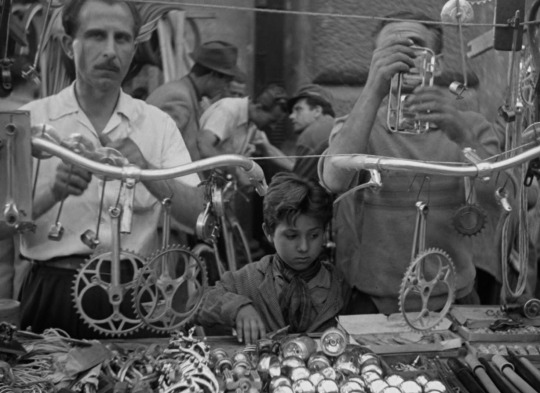
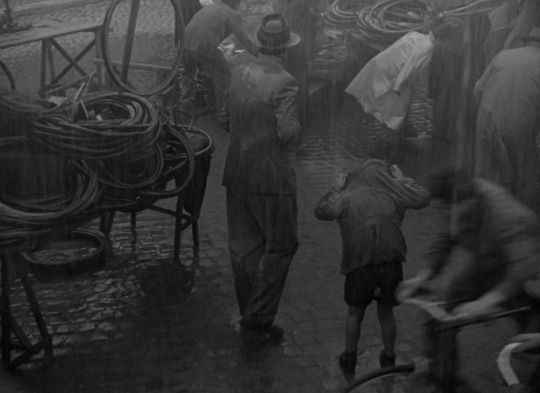


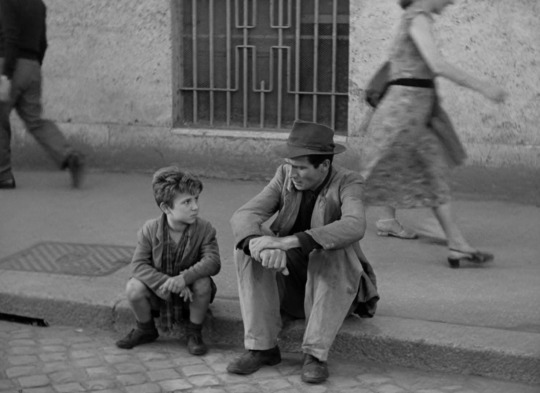
Bicycle Thieves (1948) Director: Vittorio De Sica Cinematography: Carlo Montuori Production Design: Antonio Traverso
#cinematography#film stills#movie stills#movies based on books#bicycle thieves#bicycle thieves 1948#ladri di biciclette#vittorio de sica#lamberto maggiorani#enzo staiola#italian cinema#italian film
57 notes
·
View notes
Text


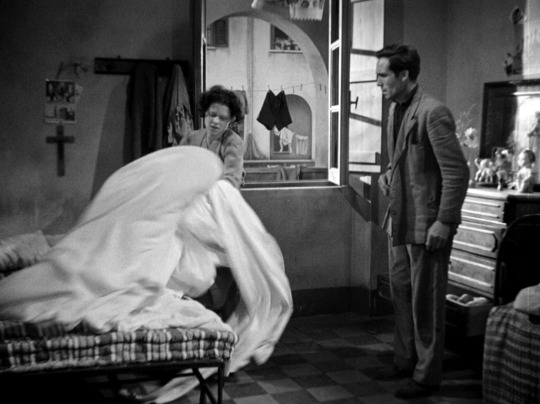
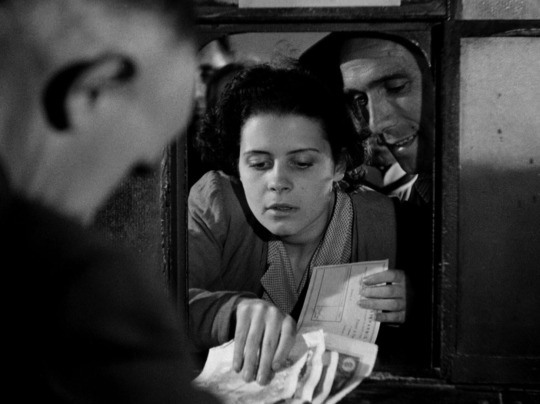

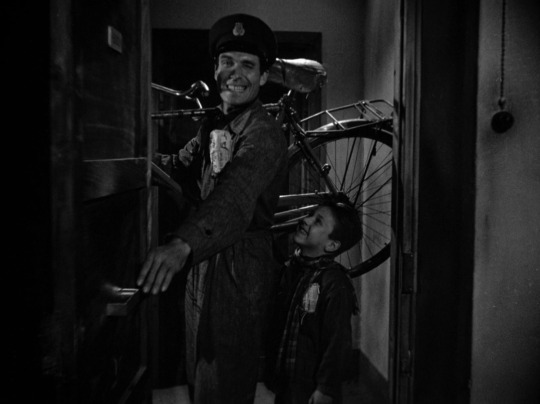
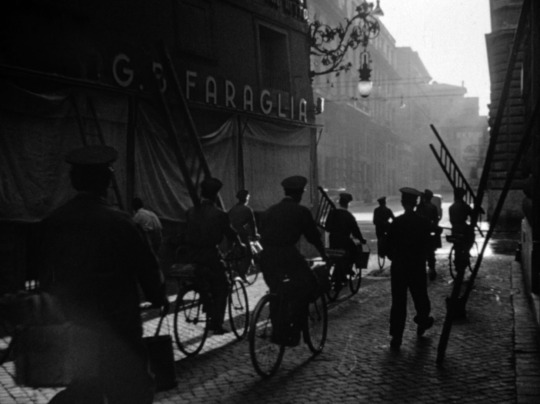
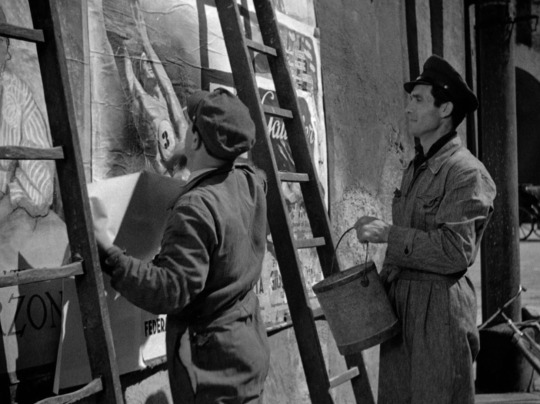
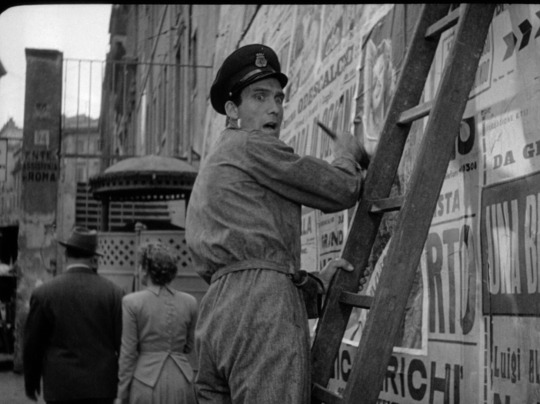

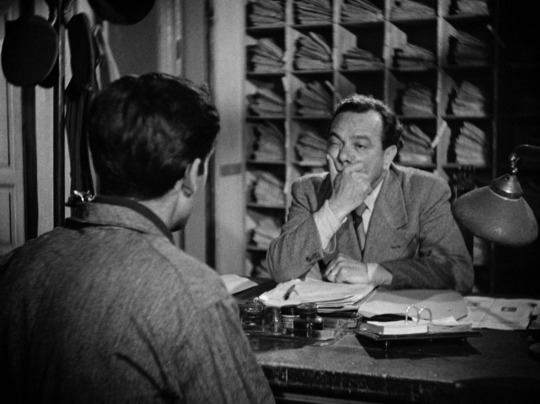
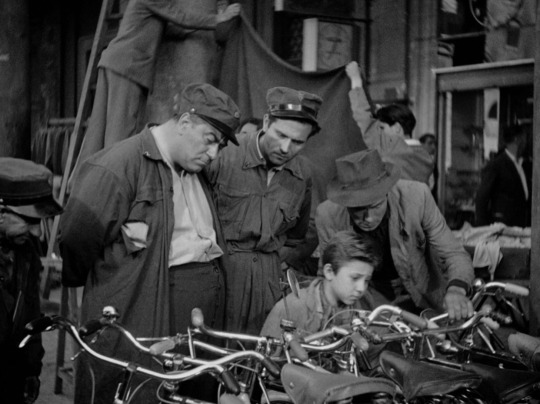

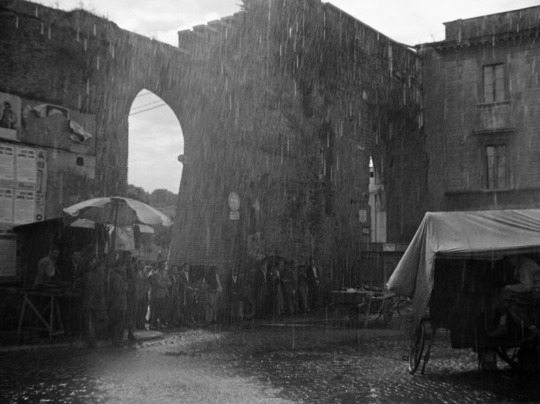
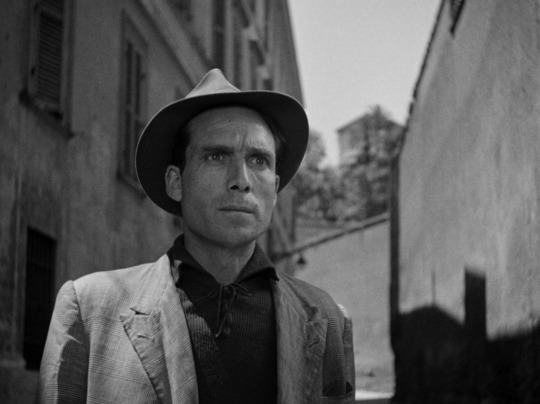
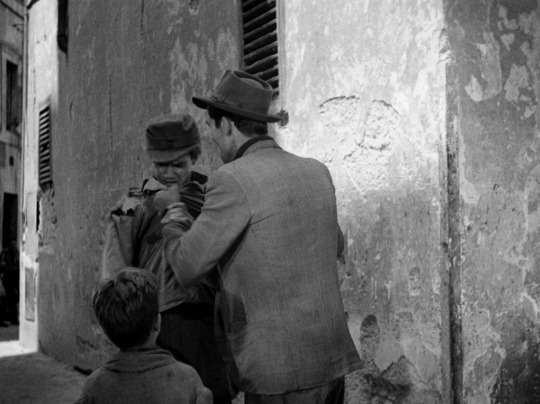
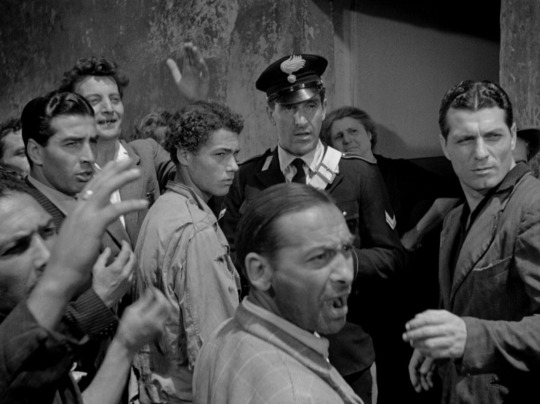
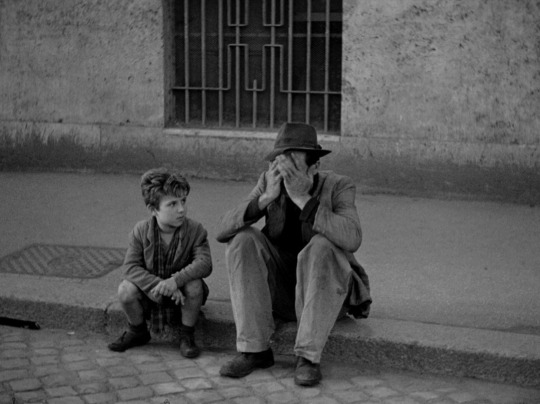


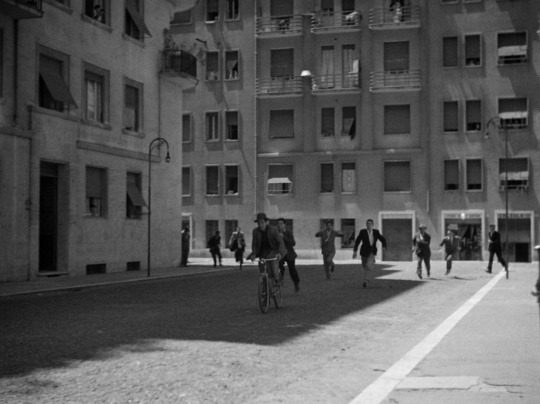
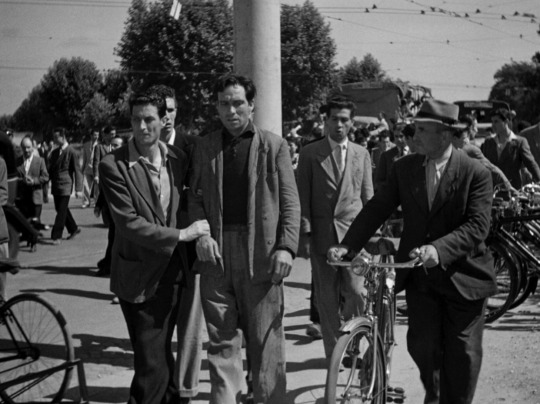

Bicycle Thieves (Ladri Di Biciclette) by Vittorio De Sica (1948)
#movie#bicycle thieves#Ladri di Biciclette#vittorio de sica#Lamberto Maggiorani#Enzo Staiola#Lianella Carell#movie 1948#recommend
4 notes
·
View notes
Text
Ladri di Biciclette

Bycicle Thieves
🇮🇹 | Nov 24, 1948
directed by Vittorio de Sica
screenplay by Oreste Biancoli, Adolfo Franci, Gerardo Guerrieri, Gherardo Gherardi, Suso Cecchi d'Amico, Vittorio de Sica
novel by Luigi Bartolini
story by Cesare Zavattini
produced by Produzioni De Sica
starring Lamberto Maggiorani, Enzo Staiola, Lianella Carell, Elena Altieri, Gino Saltamerenda
1h29 | Drama
𐄂 not watched
Browse through collections
Italian Movies | director Vittorio de Sica | writer Oreste Biancoli | writer Adolfo Franci | writer Gerardo Guerrieri | writer Gherardo Gherardi | writer Suso Cecchi d'Amico | writer Vittorio de Sica | studio Produzioni De Sica | actor Lamberto Maggiorani | actor Enzo Staiola | actress Lianella Carell | actress Elena Altieri | actor Gino Saltamerenda
Browse through genres
Drama
Links
trakt.tv | letterboxd
#Italian Movies#Vittorio de Sica#Oreste Biancoli#Adolfo Franci#Gerardo Guerrieri#Gherardo Gherardi#Suso Cecchi d'Amico#Produzioni De Sica#Lamberto Maggiorani#Enzo Staiola#Lianella Carell#Elena Altieri#Gino Saltamerenda#Drama
0 notes
Text

Lamberto Maggiorani and Enzo Staiola in a scene from ''Bicycle Thieves'', 1948, directed by Vittorio De Sica.
330 notes
·
View notes
Photo

Enzo Staiola (Bruno) and Lamberto Maggiorani (Antonio Ricci), Screenshot from Vittorio De Scia’s “Ladri di biciclette” (Bicycle Thieves) 1948
62 notes
·
View notes
Text

Enzo Staiola & Lamberto Maggiorani
"Ladri di biciclette", 1948
2 notes
·
View notes
Text
An insight into my first few weeks studying film…
In one lecture we looked at Oscar winning editing focusing on how the different editing styles supported the story the film was trying to tell. An Example touched on was 'Raging Bull' directed by Martin Scorsese. In the poolside scene and the Jake and Vickie date scene, the editing style tells the audience a lot about jakes personality like when we are first introduced to Vickie by the public pool; shots specifically of her were in slo motion. These slow shots are specifically only used on Vickie's character as we are seeing her from Jake's POV. This gives us the idea there is a lot of attention needed for her character in this story and it also introduces us to the idea Jake has predatory and animal like characteristics which is a big part of the story. The slow shots show jakes animalistic side as they are similar to something you could find in a wildlife documentary when an animal is getting ready to pounce at its prey. We see another replication of these slo mo shots during the mini golf section of the date scene.
The editing also falls into the style category of Italian neo-realism. This is apparent in the cinematography too, lots of close ups and barely any wide establishing shots as the stories told in Italian neo-realism follow the subjects around their daily lives and what was going on around them was constantly hidden in the deeper meaning of the film. After discussing Italian neo-realism in the lecture I wanted to discover more so investigated and watched the 1948 "Bicycle Thieves" directed by Vittorio De Sica. It is considered a classic within the style and it definitely gave me a full understanding of what Italian neo-realism actually was. I really enjoyed this film, the main thing I picked up on was the loud surrounding atmosphere in the scenes with the most conflict. The constant rumble of passers by and large crowds of communities coming together to protect their own, helped these intense scenes achieve new heights as I felt I was in the streets of Rome with our protagonist. It completely immerses the audience to experience the real hardships of living in Italy post WW2. This sometimes made the dialogue that was important hard to hear which, if done in any other style, would feel messy however in Bicycle Thieves it just adds to the realism. The performance from both actors, Lamberto Maggiorani and Enzo Staiola who portray father and son in the film is just incredible and probably feels this way as neither were professionals at the time. In fact Maggiorani was only a factory worker most likely experiencing the struggles of all working class people in Rome after the war, which is exactly what his character represents. As a whole the film is a masterclass at establishing this neo realistic style as it was one of the first to do so and I can definitely see how it has inspired the likes of Scorsese in films like Raging Bull.
In another of my lectures we focused on cinematography and how this is essential to every aspect of telling a story on screen and how many different elements can be used to do this. The main points I took away from this lecture was the many ways that lighting can be used in a shoot and all the "lighting tropes" we see constantly in films which are they reason that they appear cinematic to the audience. Now with this new outlook I decided to look back at some of my favourite films and look at how they have or haven't used these lighting techniques. In particular I looked at one of my favourite scenes from Moonlight directed by Barry Jenkins.


In the diner scene for the first time in years Chiron and Kevin reunite. The scene is very intimate and tender and the whole scene is lit perfectly for what it is trying to achieve, which for me is an overall warm, soft and comfortable vibe. In our lecture talking about simple shot reverse shots in a dinner setting we looked at how when you place the camera on the opposite side of the key light it creates contrast on the talent in the shot, this is used more often than not in films. However in this shot reverse shot the camera is on the same side as the key light which doesn't give much contrast on the characters at all. This helps emphasise how natural their relationship is and even with the very little dialogue Chiron has in this scene we see Kevin in a light which makes him appear as this soft and comfortable character which is exactly how Chiron feels around him even after all these years.
I also took some time over this past summer to finally watch the infamous Twin Peaks directed by David Lynch (I thought this would come in handy for conversation starters with my fellow film students). I went in completely blind and was not disappointed with how amazing and complex the Twin Peaks world is. More recently I listened to a podcast episode of American Cinematographer which had guest Ron Garcia, Director of Photography of Twin Peaks. He spoke about how Lynch used lots of wide shots and wide lenses which wasn't the norm for television at that time, Garcia explained that this made every close up used on the show so much more impactful which is something I found very interesting. He also discussed Lynch's relationship with all his cast and crew and how he was leading them blindly in terms of the true meaning behind what the show actually was but somehow his vision was just so self assured that it was still translated perfectly to the finished product. I find that so inspiring and think it is something I want to work on a lot while studying the craft. I want to be so sure of my ideas that it then becomes easy for me to communicate them to anyone I am working with on any project.
I have really enjoyed the start of my journey studying film. I am excited to move forward and continue to learn whilst making more films and fully fledging out ideas of my own from start to finish.
1 note
·
View note
Text
Neorealism Throughout Nations
Grace Doyle
Bicycle Thieves
Bicycle Thieves (1948) is perhaps the most important viewing when it comes to understanding the Italian neorealism movement. Directed by neorealist godfather Vittorio De Sica, Bicycle Thieves portrays an accurate depiction of the living circumstances of many Italian citizens after the second World War. Italian neorealism, the movement which the film was a part of, acts as a mirror of reality, and enhances this effect through many practical means. Throughout his filmography, including Bicycle Thieves, De Sica utilized nonprofessional actors in his roles. Factory worker Lamberto Maggiorani plays Ricci, a man struggling to provide for his family, who accepts a job as a poster-hanger. When his bicycle is stolen at work, he and his son (Enzo Staiola) journey to find the thief and return the lost item so Ricci can continue working. It is a heartbreaking depiction of suffering and poverty in 1940s Italy, and how the cycle would continue to destroy hardworking families like Ricci’s. However, the film acts as more than a documentation of daily life, but as a societal lesson for audiences to understand: “Partly, this is what the neo in neorealism refers to: while defying conventions, neorealist film and fiction elaborate on the moral and social components of traditional realism…thereby extending and reformulating its borders. Far from being unique to Italian post-war culture, this dialectic between old and new is what permits realism to constantly take on new forms,” (Haaland, 34-35). The emergence of new cinematic techniques within Bicycle Thieves served a greater purpose than aesthetic: by casting real Italian citizens, the devastation of post-war Italy is amplified through their honest performances. Similarly, having shot on-location allows the camera to reflect the human eye. Nothing about Bicycle Thieves is staged, and its working class center was one that could have been discovered by any European audience member. The film, though simplistic in its story and style, leaves an enormous impact on film history.
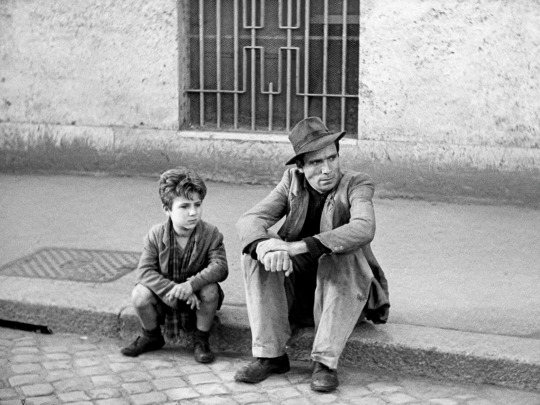
He Walked by Night
In post-war America, audiences longed for something different than the big-studio films which they had come to be familiar with. Due to this demand, as well as the lack of efficiency and stability within Hollywood studios, independent filmmakers took to location shooting. He Walked by Night (1948) is an example of the early film noir era in post-war cinema, as its documentary style holds strong against a backdrop of 1940s Los Angeles. The film, which follows a police department’s hunt for a resourceful criminal after he kills one of their own, shares many cinematic similarities to those of the Italian neorealism genre. Not only was it shot primarily on location, but it takes place over a continuous course of time, without major jumps to the future or past. Like Italian realism, the American post-war realism era also places emphasis on social commentary: throughout many works, “Other postwar realist forms such as the social-problem film are addressed, as well as the aesthetic and commercial effects of a modernist preoccupation with ‘the real’...” (Grossman, 132). Although the focus on the criminal is perhaps the most intriguing aspect of the film, He Walked by Night has an immense focus on the police procedural, which is allegedly based on a true LAPD police file. The darkness of crime noir surged in popularity post-World War II, as it reflected both the depravity and patriotism the nation was grappling with at the time. It also completely juxtaposed the extravagance of studio films during the early and mid-1940s, as American audiences grew exhausted of over-embellished maximalism on screen. He Walked by Night may not be as fondly remembered as Bicycle Thieves, but its similarity in theme and structure paint an accurate portrait of Hollywood after the war.
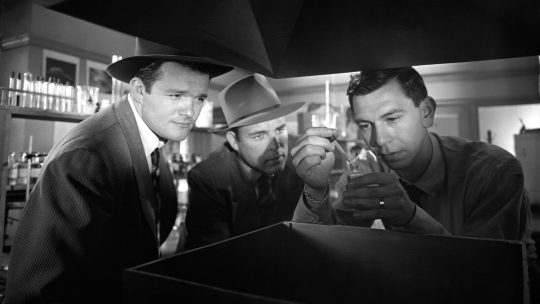
Works Cited
Ebert, R. (1999). The bicycle thief movie review (1949): Roger Ebert. The Bicycle Thief movie review (1949) | Roger Ebert. https://www.rogerebert.com/reviews/great-movie-the-bicycle-thief--bicycle-thieves-1949
Grossman, Julie, and R. Barton Palmer. South Atlantic Review, vol. 82, no. 3, 2017, pp. 132–34. JSTOR, https://www.jstor.org/stable/90013813. Accessed 26 Nov. 2023.
Haaland, Torunn. “REALISM AND NEOREALISM.” Italian Neorealist Cinema, Edinburgh University Press, 2012, pp. 33–61. JSTOR, http://www.jstor.org/stable/10.3366/j.ctt3fgsn5.6. Accessed 26 Nov. 2023.
0 notes
Text
Thank you for tagging me bro💞
Last Song: BANG BANG BANG by Big Bang
Favorite color: purple
Last Movie: Bicycle Thieves
Sweet/spicy/savory: all of them, really depends on my mood
Relationship status: colonized by the British
Last thing I googled: Enzo Staiola
Current obsession: my redecorated room🥰
Tagging: @redfurrycat @saengak @derpinathebrave @awkwxrdapple
Nine people I'd like to get to know better
Tagged by @meghawhopp <33
Last song: Down by the River by Borislav Slavov from the Baldur’s Gate 3 Soundtrack (or more specifically the cover of Down by the River by Nerissa Ravencroft)
Favorite color: Blue and purple!
Last movie/TV show: Seinfeld, I’m currently on season four!
Sweet/spicy/savory?: I have a huge sweet tooth, so sweet things
Relationship status: Single
Last thing I googled: I searched up the show “Arthur” because I was trying to find that one meme where Buster was like “You really think someone would do that, just go on the internet and spread lies?”
Current obsession: Fragaria memories and tears of themis mostly^^
Tag Nine People: @kyaruun @xinieeee @deadmansbistro @florapot @hunita812 @scuffle-with-spirals @rexonalapis @maxellera @manicpixiedoomedgirl
8K notes
·
View notes
Photo



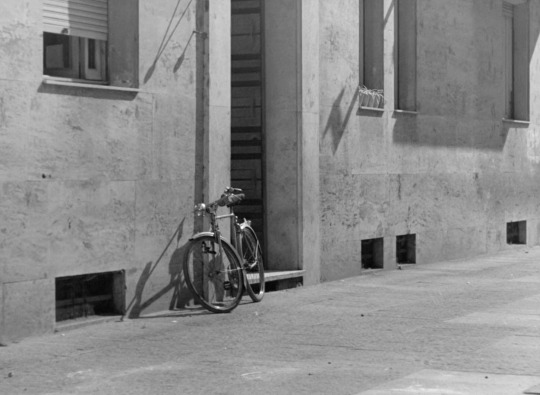

bicycle thieves (1948)
#bicycle thieves#ladri di biciclette#film#movie#cinema#vittorio de sica#lamberto maggiorani#enzo staiola#40s#40s film#vintage#aesthetic#black and white#italy#neorealism#queue
67 notes
·
View notes
Photo










Bicycle Thieves // Ladri di biciclette (1948) dir. Vittorio De Sica
“I've been cursed since the day I was born”
#i cried at the end ok!#watched this ages ago but just now posting lol#ladri di biciclette#bicycle thieves#classic cinema#classicfilmblr#useralex#italian cinema#vittorio de sica#lamberto maggiorani#Enzo Staiola#Lianella Carell#italy#wwii#abbaskiarostami#my screencaps#classicfilmedit#filmsource
257 notes
·
View notes
Text




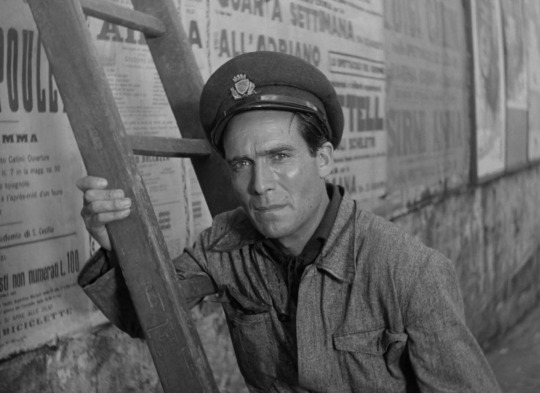
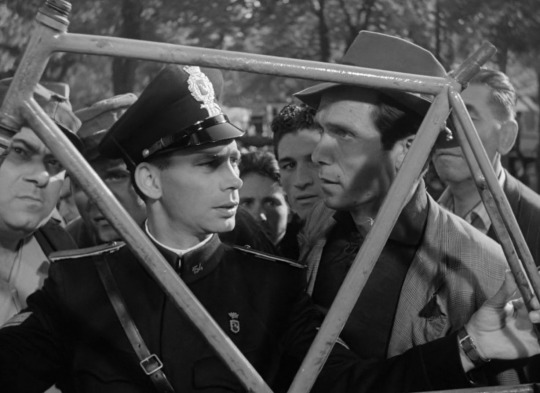

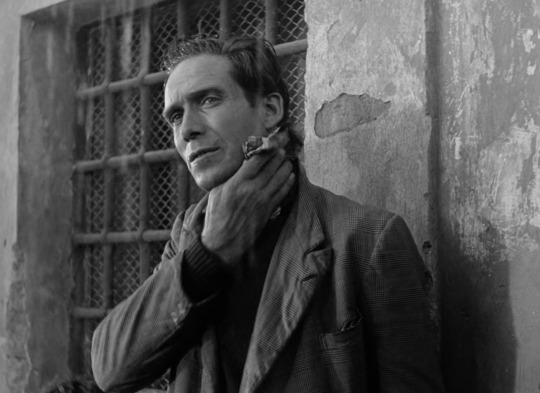

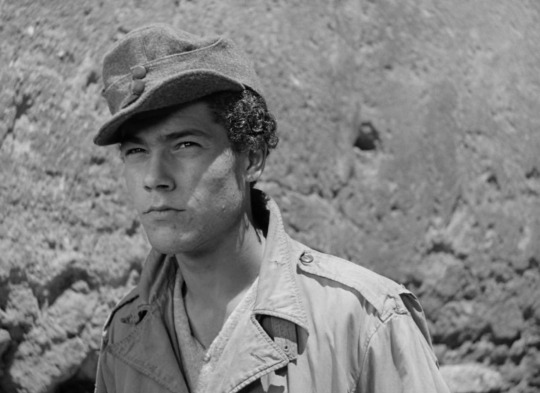

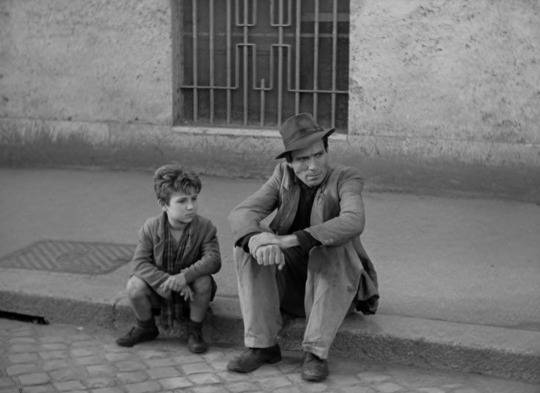
Bicycle Thieves (1948) Director: Vittorio De Sica Cinematography: Carlo Montuori Production Design: Antonio Traverso
#cinematography#film stills#movie stills#movies based on books#bicycle thieves#bicycle thieves 1948#ladri di biciclette#vittorio de sica#lamberto maggiorani#enzo staiola#italian cinema#italian film
9 notes
·
View notes
Text

Happy 83rd, Enzo Staiola.
With Lamberto Maggiorani on the set of Vittorio De Sica’s Bicycle Thieves (1948).
8 notes
·
View notes
Photo

Bicycle Thieves
directed by Vittorio De Sica, 1948
#Bicycle Thieves#The Bicycle Thief#Ladri di biciclette#Vittorio De Sica#movie mosaics#Lamberto Maggiorani#Enzo Staiola#Lianella Carell#Giulio Chiari
23 notes
·
View notes
Text
🎞 VITTORIA DE SICA
Vittorio De Sica sits with young Enzo Staiola
“BICYCLE THIEVES”

8 notes
·
View notes